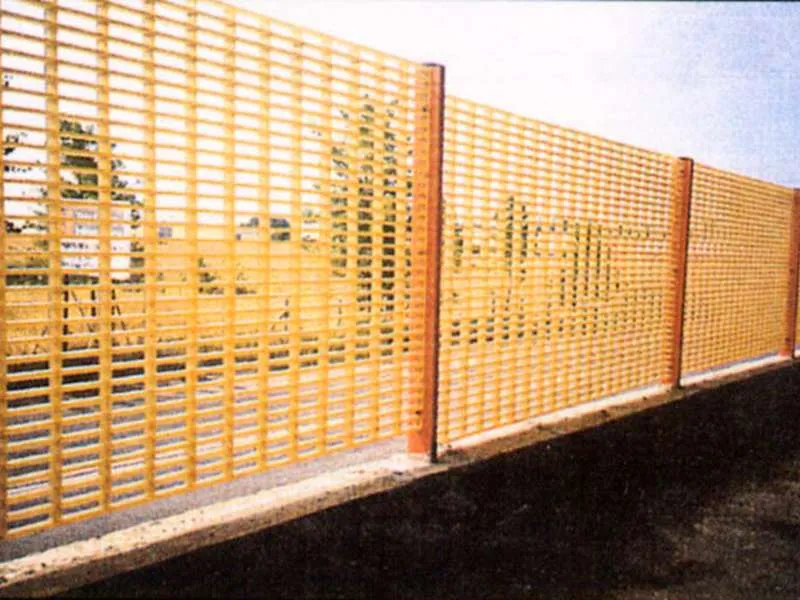
-
 Afrikaans
Afrikaans -
 Albanian
Albanian -
 Amharic
Amharic -
 Arabic
Arabic -
 Armenian
Armenian -
 Azerbaijani
Azerbaijani -
 Basque
Basque -
 Belarusian
Belarusian -
 Bengali
Bengali -
 Bosnian
Bosnian -
 Bulgarian
Bulgarian -
 Catalan
Catalan -
 Cebuano
Cebuano -
 China
China -
 China (Taiwan)
China (Taiwan) -
 Corsican
Corsican -
 Croatian
Croatian -
 Czech
Czech -
 Danish
Danish -
 Dutch
Dutch -
 English
English -
 Esperanto
Esperanto -
 Estonian
Estonian -
 Finnish
Finnish -
 French
French -
 Frisian
Frisian -
 Galician
Galician -
 Georgian
Georgian -
 German
German -
 Greek
Greek -
 Gujarati
Gujarati -
 Haitian Creole
Haitian Creole -
 hausa
hausa -
 hawaiian
hawaiian -
 Hebrew
Hebrew -
 Hindi
Hindi -
 Miao
Miao -
 Hungarian
Hungarian -
 Icelandic
Icelandic -
 igbo
igbo -
 Indonesian
Indonesian -
 irish
irish -
 Italian
Italian -
 Japanese
Japanese -
 Javanese
Javanese -
 Kannada
Kannada -
 kazakh
kazakh -
 Khmer
Khmer -
 Rwandese
Rwandese -
 Korean
Korean -
 Kurdish
Kurdish -
 Kyrgyz
Kyrgyz -
 Lao
Lao -
 Latin
Latin -
 Latvian
Latvian -
 Lithuanian
Lithuanian -
 Luxembourgish
Luxembourgish -
 Macedonian
Macedonian -
 Malgashi
Malgashi -
 Malay
Malay -
 Malayalam
Malayalam -
 Maltese
Maltese -
 Maori
Maori -
 Marathi
Marathi -
 Mongolian
Mongolian -
 Myanmar
Myanmar -
 Nepali
Nepali -
 Norwegian
Norwegian -
 Norwegian
Norwegian -
 Occitan
Occitan -
 Pashto
Pashto -
 Persian
Persian -
 Polish
Polish -
 Portuguese
Portuguese -
 Punjabi
Punjabi -
 Romanian
Romanian -
 Russian
Russian -
 Samoan
Samoan -
 Scottish Gaelic
Scottish Gaelic -
 Serbian
Serbian -
 Sesotho
Sesotho -
 Shona
Shona -
 Sindhi
Sindhi -
 Sinhala
Sinhala -
 Slovak
Slovak -
 Slovenian
Slovenian -
 Somali
Somali -
 Spanish
Spanish -
 Sundanese
Sundanese -
 Swahili
Swahili -
 Swedish
Swedish -
 Tagalog
Tagalog -
 Tajik
Tajik -
 Tamil
Tamil -
 Tatar
Tatar -
 Telugu
Telugu -
 Thai
Thai -
 Turkish
Turkish -
 Turkmen
Turkmen -
 Ukrainian
Ukrainian -
 Urdu
Urdu -
 Uighur
Uighur -
 Uzbek
Uzbek -
 Vietnamese
Vietnamese -
 Welsh
Welsh -
 Bantu
Bantu -
 Yiddish
Yiddish -
 Yoruba
Yoruba -
 Zulu
Zulu
fiberglass absorber
The Role of Fiberglass Absorbers in Modern Applications
In recent years, the demand for efficient sound absorption materials has grown significantly across various industries. One of the most effective solutions available today is the fiberglass absorber. This innovative material not only addresses acoustic challenges but also offers benefits in thermal insulation and fire resistance, making it a versatile choice for both commercial and residential applications.
What is Fiberglass?
Fiberglass, a composite material made from fine glass fibers, is known for its lightweight, strength, and durable properties. These fibers can be woven into mats or compressed into panels, resulting in a product that is both flexible and robust. The unique structure of fiberglass allows it to trap sound waves effectively, making it an ideal candidate for soundproofing and absorption.
Sound Absorption Characteristics
The effectiveness of fiberglass absorbers is attributed to their physical properties. The density and thickness of the material play significant roles in its ability to absorb sound. When sound waves encounter a fiberglass surface, some of their energy is converted into heat as the waves pass through the fibers. The porous nature of fiberglass allows for this energy absorption, helping to reduce echoes and reverberations in a space.
Different configurations of fiberglass absorbers, such as panels, tiles, and acoustic blankets, provide various levels of sound absorption, enabling users to choose solutions tailored to specific acoustic needs. These products are commonly used in spaces such as recording studios, concert halls, offices, and classrooms to enhance acoustic quality.
Applications of Fiberglass Absorbers
1. Architectural Design Architects and interior designers often incorporate fiberglass absorbers into their projects to create a more pleasant auditory environment. By strategically placing these materials in buildings, they can control sound reflections and reduce noise pollution, thereby improving the overall comfort for occupants.
fiberglass absorber

2. Industrial Environments Manufacturing facilities and warehouses often face challenges with excessive noise levels. Installing fiberglass absorbers can help mitigate this issue, protecting workers' hearing and improving the work atmosphere. As a result, companies can comply with occupational health regulations while enhancing productivity.
3. Transportation Systems The transportation sector, particularly rail and road systems, increasingly uses fiberglass absorbers to minimize noise disruptions. By lining tunnels and sound barriers with fiberglass, communities can reduce the impact of sound pollution from trains and vehicles, leading to quieter urban environments.
4. Automotive Industry Fiberglass is also popular in automotive applications. Manufacturers utilize fiberglass absorbers to insulate vehicles from engine noise and external sounds, thus providing a quieter ride for passengers. This integration improves overall comfort and enhances the driving experience.
Environmental Considerations
The environmental impact of materials used in construction and manufacturing is a crucial consideration. Fiberglass absorbs relatively little moisture and is resistant to mold and mildew, which contributes to a healthier environment within enclosed spaces. Moreover, fiberglass products are often made from recycled materials, making them an eco-friendly choice.
However, it is essential to address the production and disposal processes of fiberglass. Although fiberglass itself is not biodegradable, efforts are underway to develop more sustainable practices in its production, including the use of recycled glass and more efficient manufacturing processes.
Conclusion
Fiberglass absorbers play a vital role in enhancing sound quality while offering additional benefits in insulation and fire resistance. Their versatility makes them suitable for a diverse range of applications, from architectural design to industrial environments. As the need for effective noise control continues to rise, fiberglass absorbers will undoubtedly remain a leading choice in the quest for better acoustic solutions. By choosing this innovative material, industries can meet their acoustic needs while contributing to a healthier and more sustainable environment. With ongoing advancements in fiberglass technology, we can anticipate even more efficient designs and applications in the future.









